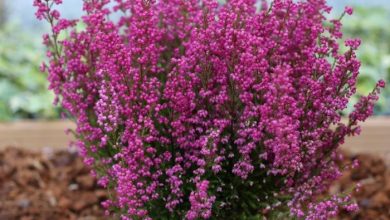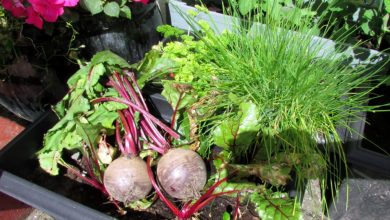Bougainvillea Pests and Diseases: [Detection, Causes and Solutions]
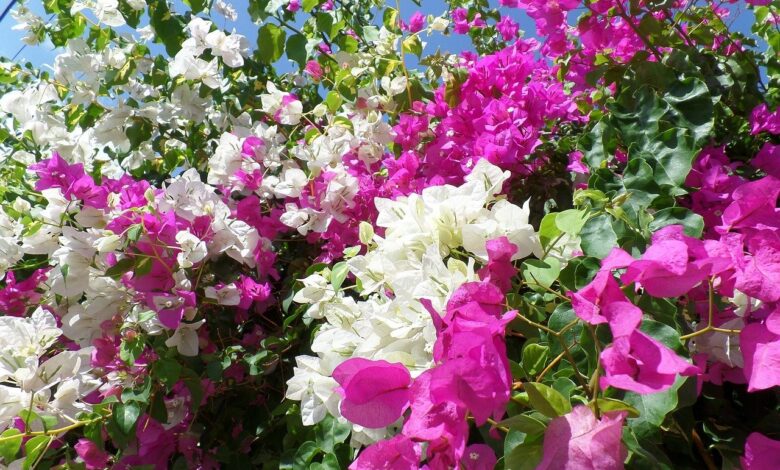
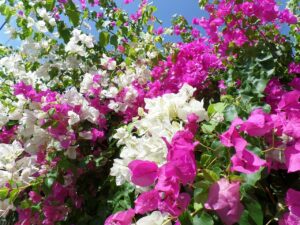 For those looking to enjoy a plant capable of flowering throughout the year , bougainvillea is the highest value option.
For those looking to enjoy a plant capable of flowering throughout the year , bougainvillea is the highest value option.
It is a climber that gives us beautiful flowers every time, blooming even in winter, when it is mild (without frost).
It is a species that requires little care and is quite adaptable, but it must be kept protected from the attack of pests and diseases.
Do you want to know how to prepare so that your bougainvilleas are always 10? Take note of the information we give you here.
Mealybugs
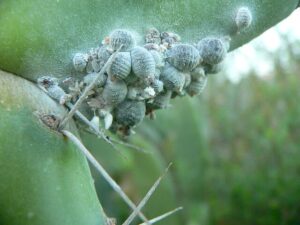 It is a pest that has a sharp part that manages to penetrate the most tender areas of the plant to suction the sap.
It is a pest that has a sharp part that manages to penetrate the most tender areas of the plant to suction the sap.
This suction results in small chlorotic spots appear in the affected areas, through which it can be detected that something is wrong.
With this loss of sap, the plant begins to weaken. In addition, mealybugs produce a honeydew that adheres to the plant’s texture and where it is very easy for a disease called bold to develop.
The normal thing is that it is generated when the environmental conditions are at a low level of humidity and the temperature is high. The good news is that it is very possible to combat it by cleaning the plant with a cotton ball and methyl alcohol.
To avoid damage to the structure, it will then be necessary to clean it with soapy water and rinse it accordingly.
Bougainvillea worm
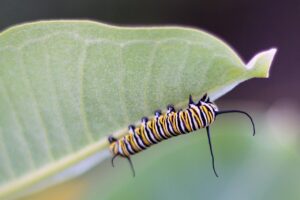 The bougainvillea can suffer from loss of its leaves because certain pests are responsible for consuming them, as in the case of the bougainvillea worm.
The bougainvillea can suffer from loss of its leaves because certain pests are responsible for consuming them, as in the case of the bougainvillea worm.
They are small caterpillars of different colors that maintain a night life and whose food source is the leaves which begin to consume from the edge.
At first glance we will notice changes in the structure of the plant and we will have the opportunity to act. But if it is not done, it could consume all the leaves little by little until you are left with nothing.
These worms can be eliminated by picking it up with your hands and a glove , but since they wear a nocturnal one they could be difficult to see. Another technique is to use an insecticide that has the necessary components to deal with this pest.
Mildew
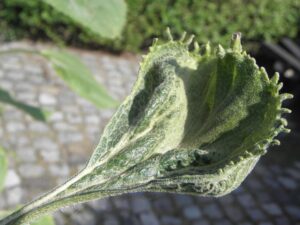 The mildew is a common disease in fruit crops and ornamental and bougainvillea is not without it.
The mildew is a common disease in fruit crops and ornamental and bougainvillea is not without it.
Its action occurs on the leaves causing the appearance of yellow or brown spots on the front.
If we look at the underside, there will also be spots, but this time of a silver color, which are formed by the action of the fungus mycelium.
It is usually a disease that attacks ideally in spaces where humidity and temperature are high. Therefore, the first step to avoid its appearance is to place the bougainvillea in a clear space, where there is sufficient air circulation.
When you notice changes in the plant that are comparable to the symptoms described here, the first thing to do is remove the affected leaves and burn them. Then it will be necessary to apply a fungicide to help prevent the attack from continuing or from generating a new one.
Aphids
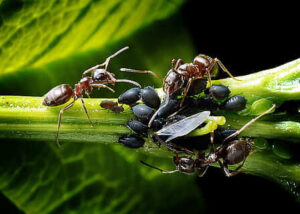 The aphids are tiny insects that frequently attack groups being located in the rear (or underside) of the leaves.
The aphids are tiny insects that frequently attack groups being located in the rear (or underside) of the leaves.
Depending on the species, they can be presented in different colors, but the most common is that they have a green hue similar to the leaves they attack.
The action of this pest occurs by subtracting the juices from the plant , causing a forced weakening of the entire structure. At the same time, they secrete a honeyed substance that serves as a base for the settlement of fungi, especially the bold .
When it comes to dealing with them, there are different modalities, the simplest and least harmful being spraying the plant with a strong jet of water that will drive them away. Another method is to wash the plant with a mixture of water, dish soap, and edible oil.
White fly
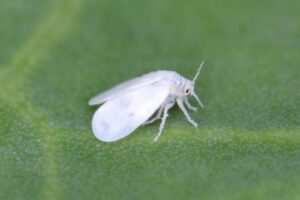 The whitefly is responsible for consuming the sap of the younger parts of the plant , but it also exerts damage by placing its eggs in the structure.
The whitefly is responsible for consuming the sap of the younger parts of the plant , but it also exerts damage by placing its eggs in the structure.
Similar to the cases of mealybug and aphids, the whitefly is also capable of secreting honeydew where it is possible that the bold fungus is installed.
In low quantities they do not exert major complications, but when it is an abundant pest, it is best to apply a corrective action. For this, biological action is one of the possible alternatives with natural predators of this species.
If this is not feasible, it will be necessary to resort to the support of chemical products.
Powdery mildew
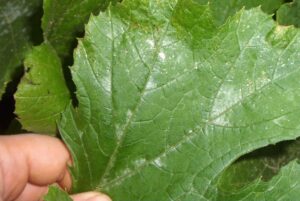 It is a disease that occurs due to the attack of a fungus that produces a white stain-like coating on the leaves.
It is a disease that occurs due to the attack of a fungus that produces a white stain-like coating on the leaves.
The most common is that its attack begins on the youngest leaves and stems and then spreads throughout the rest of the plant.
This layer of fungus causes the leaves to turn yellow , drying and then falling irretrievably from the plant. The powdery mildew occurs following excessive moisture in the plant, so that caution is needed when irrigation to avoid wetting the structure.
When the attack is not very strong, it is best to remove the affected areas of the plant and burn them. If necessary apply a product, the plant extract tail horse or a mixture of sulfur may give good results.
Red spider
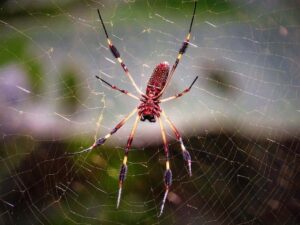 It is a tiny pest that is capable of attacking bougainvillea when the environment in which it grows is very dry.
It is a tiny pest that is capable of attacking bougainvillea when the environment in which it grows is very dry.
The action of the spiders creates yellow spots on the leaves that later darken until they turn brown.
In the last phase, instead of looking like part of the leaf, the spots are noticeable as dust, causing the leaves to dry out and fall off .
The control of the plague can be exercised by cleaning the leaves, when the effects are few, or with chemical action in more chronic cases.

![Photo of Prune a Jade plant: [Importance, Season, Tools, Considerations and Steps]](https://www.complete-gardening.com/wp-content/uploads/2022/08/prune-a-jade-plant-importance-season-tools-considerations-and-steps-390x220.jpg)

